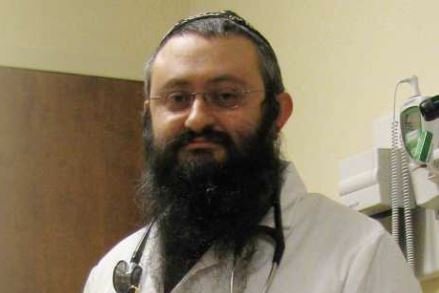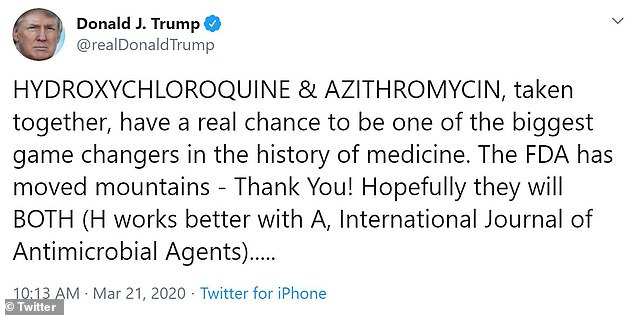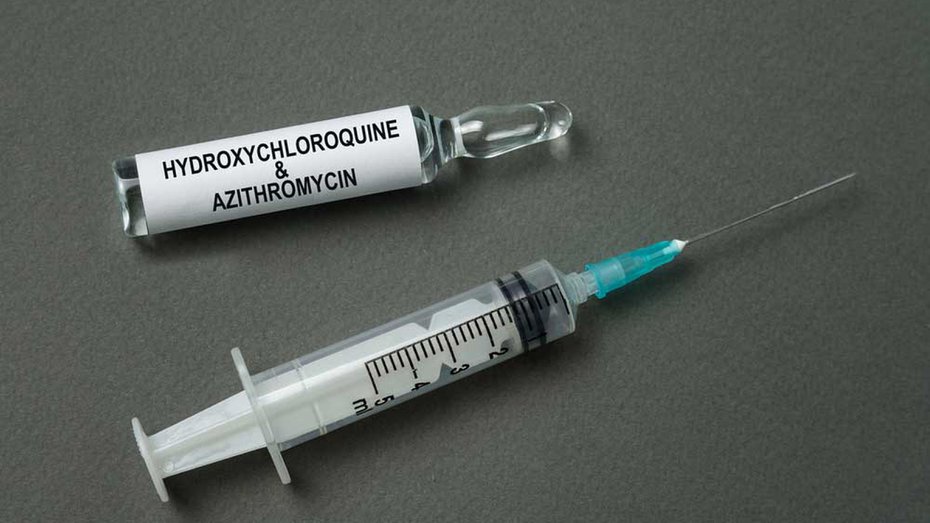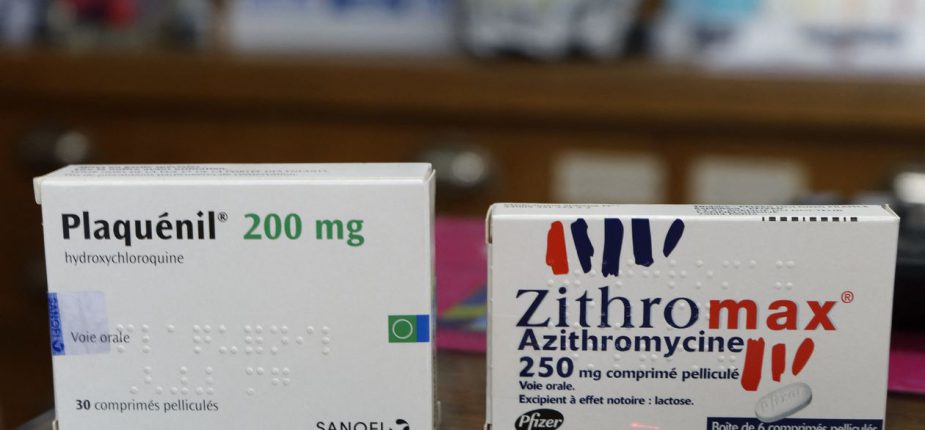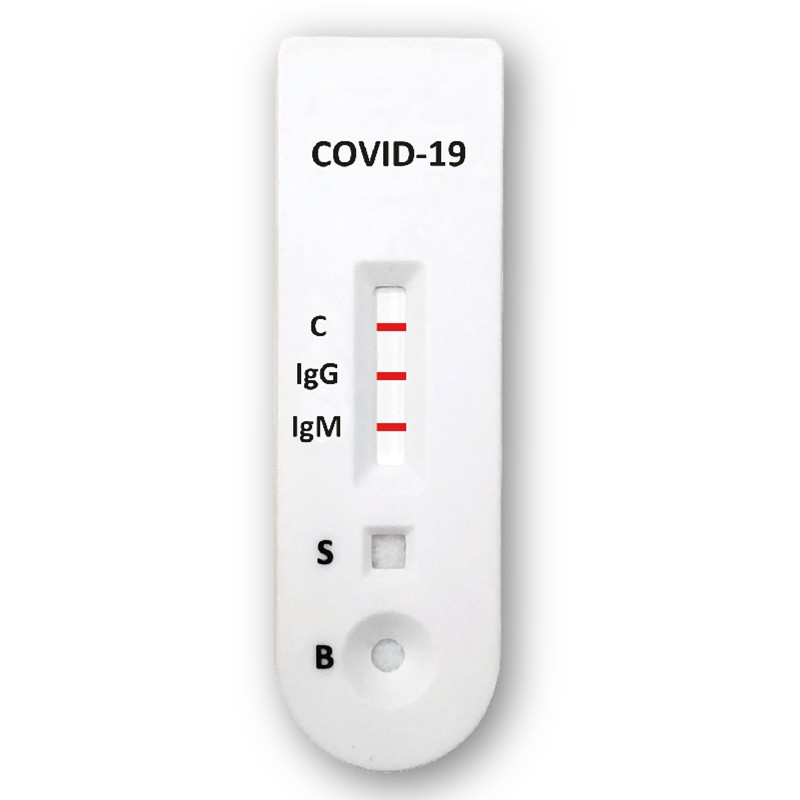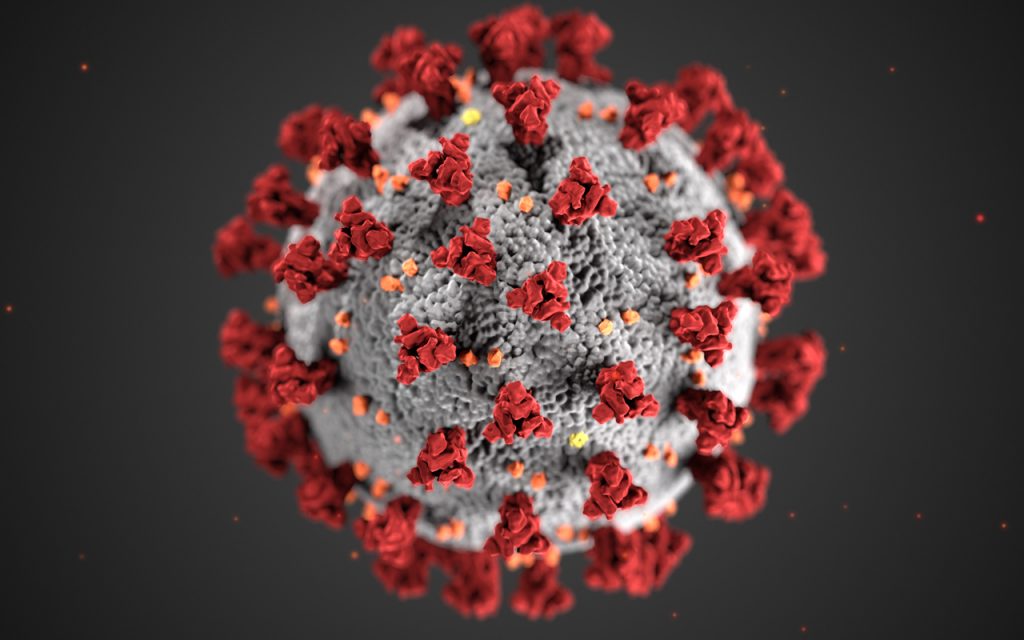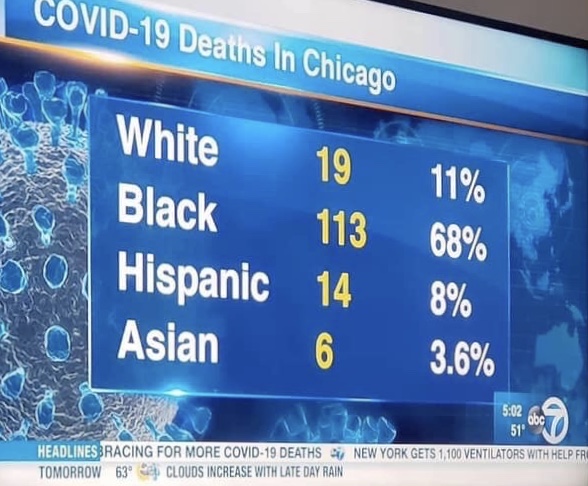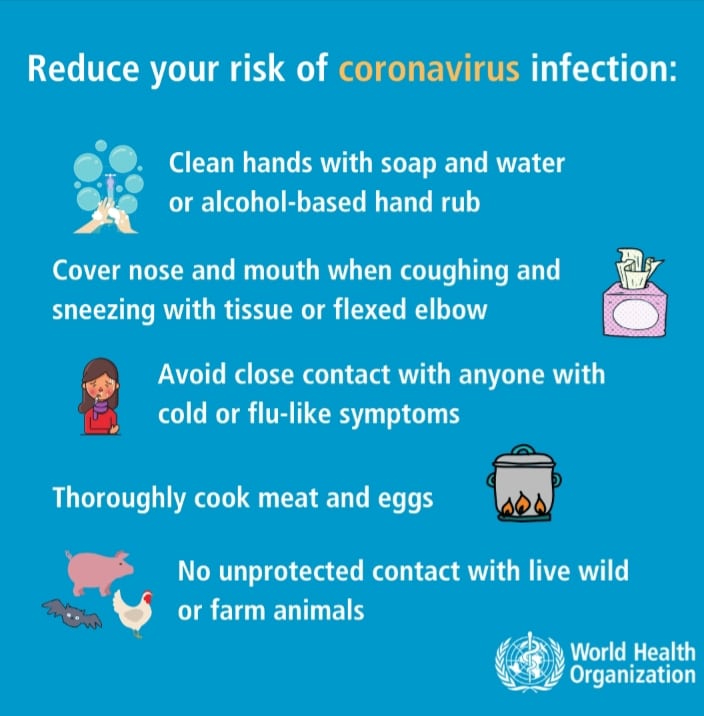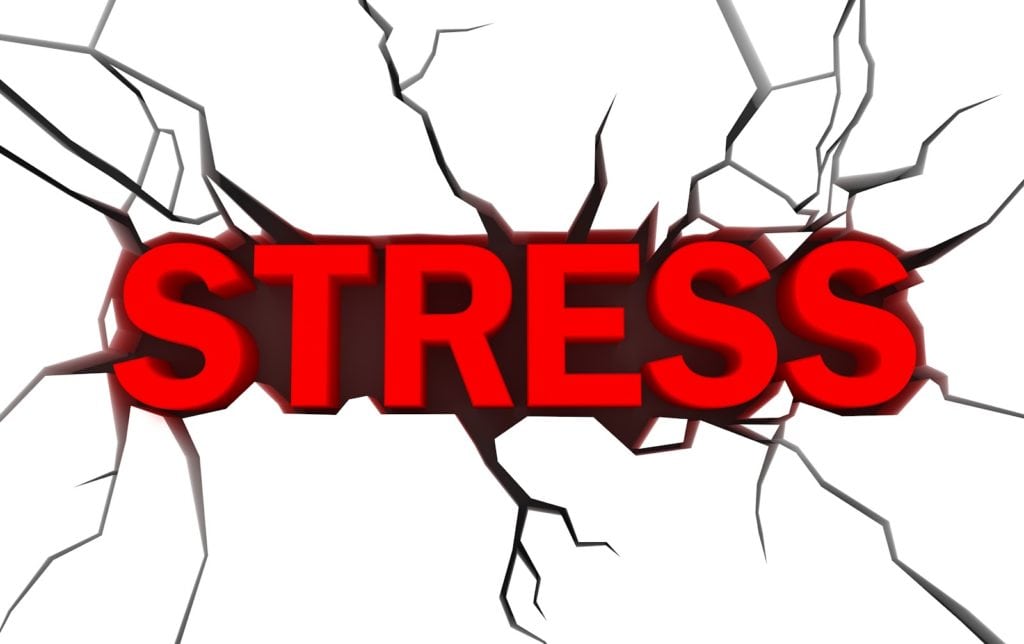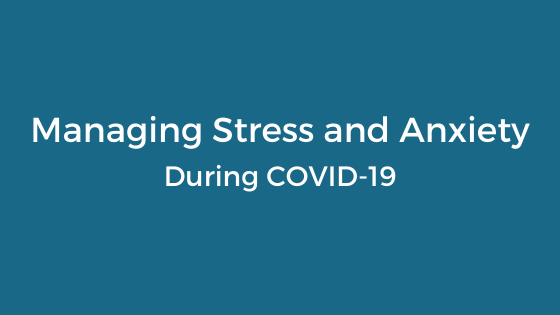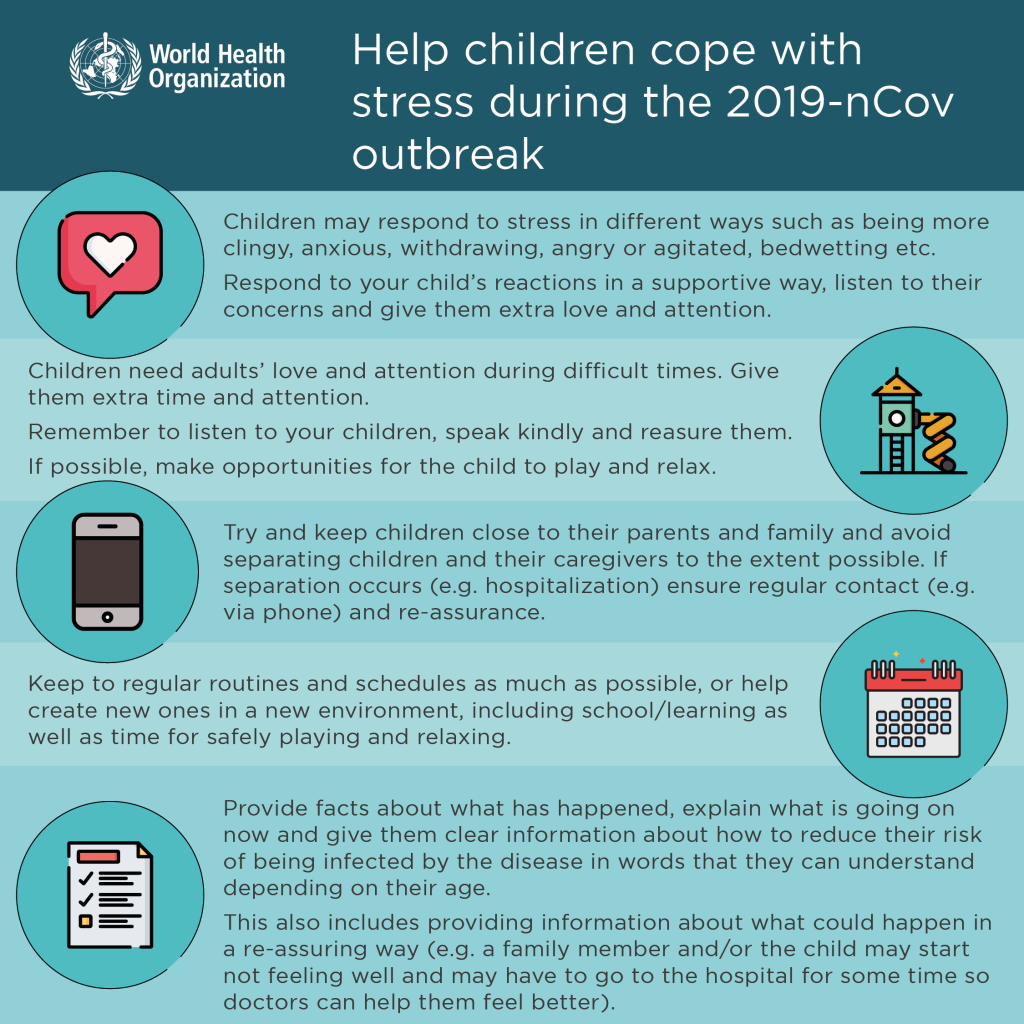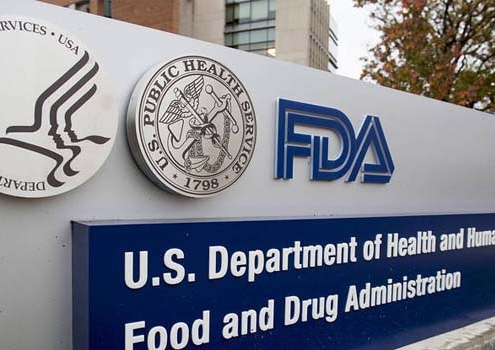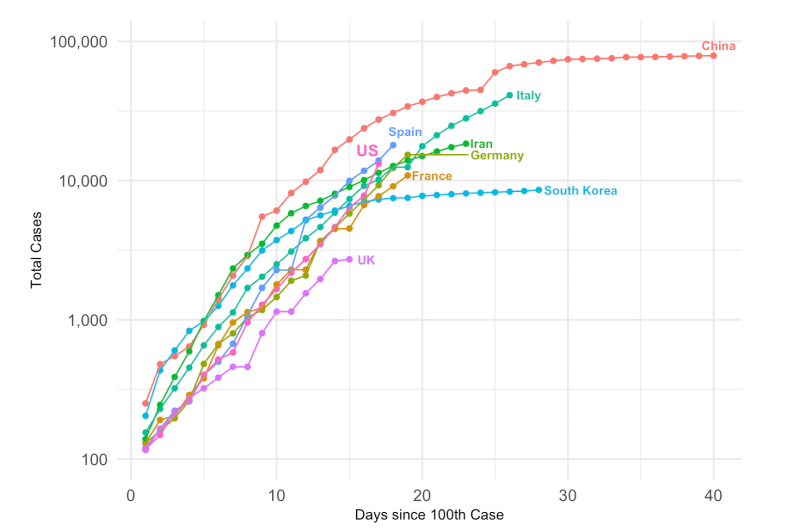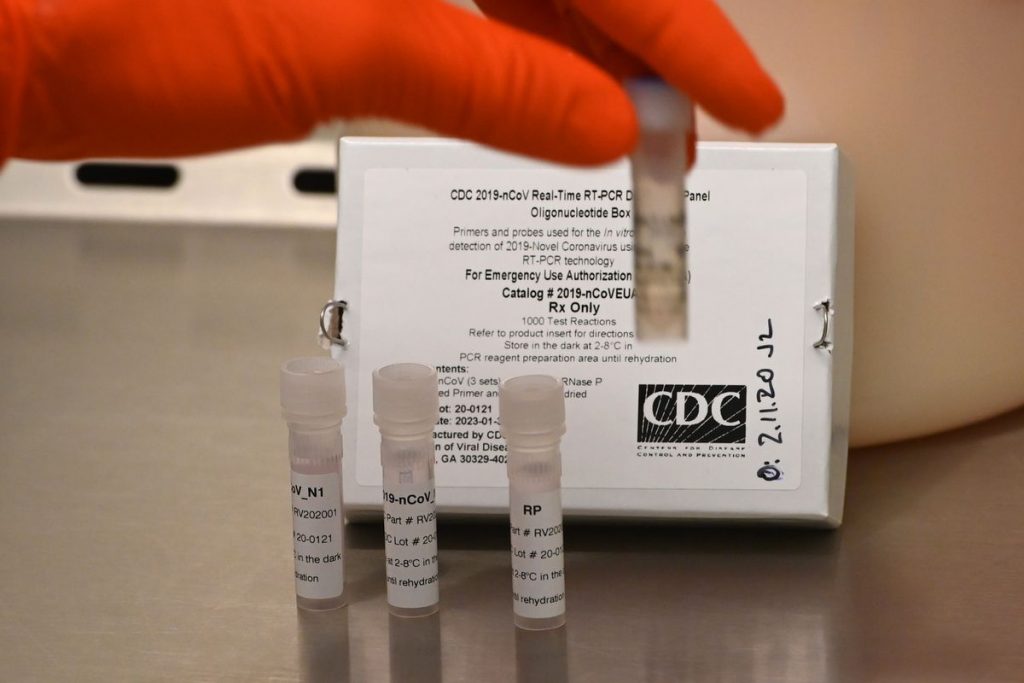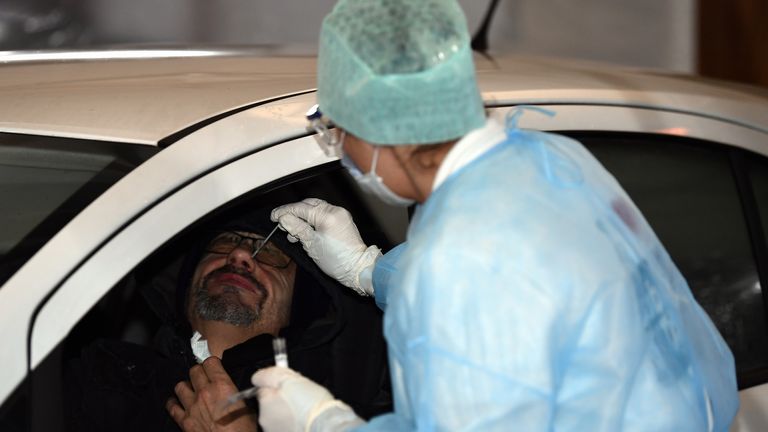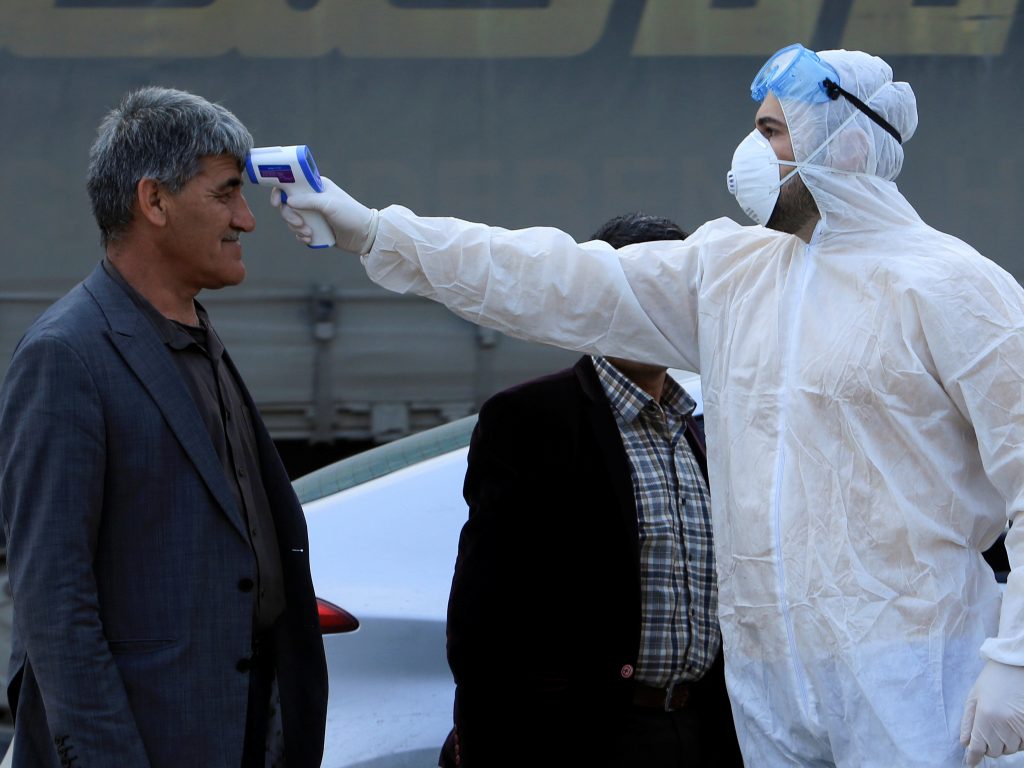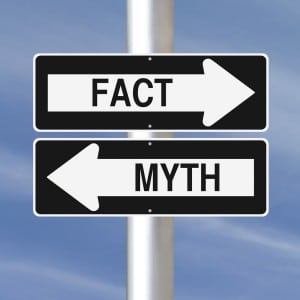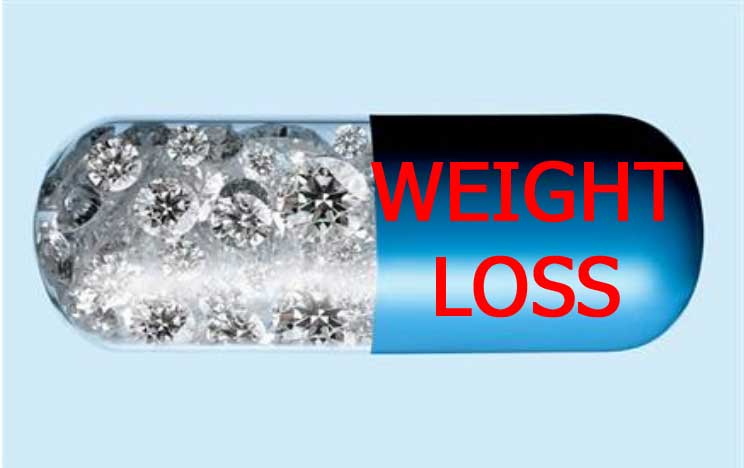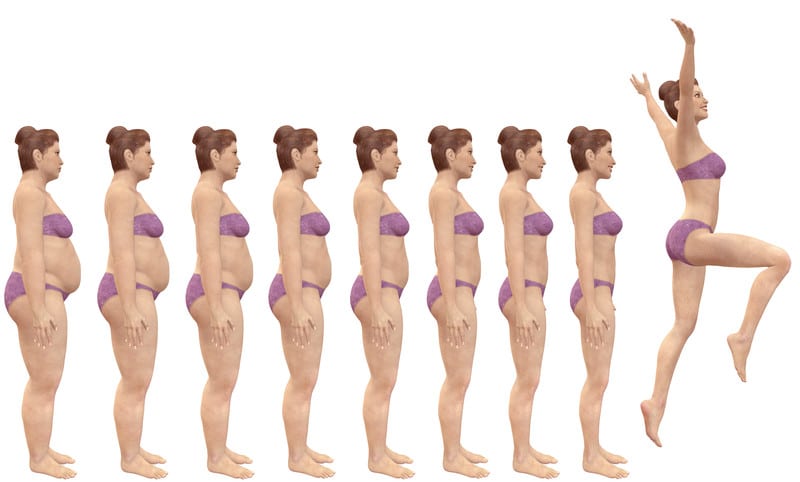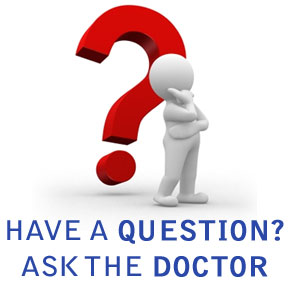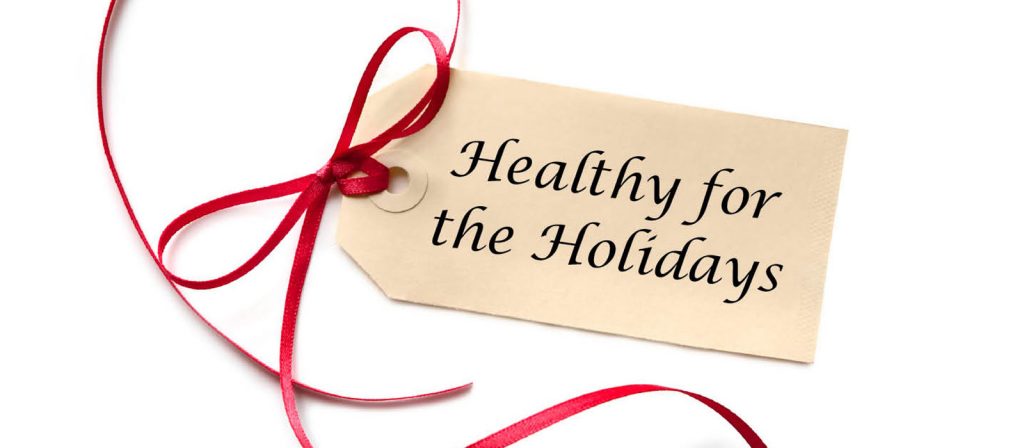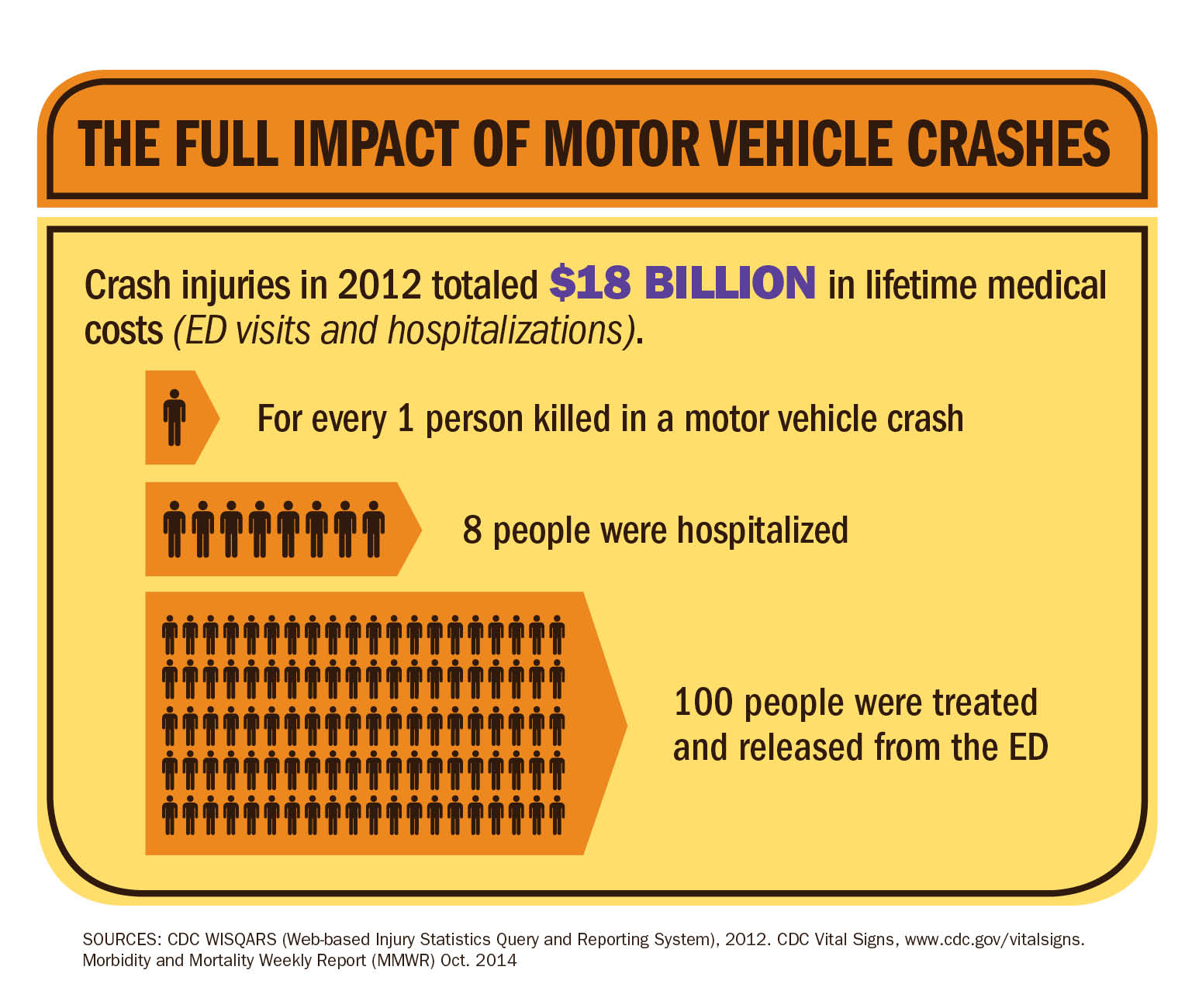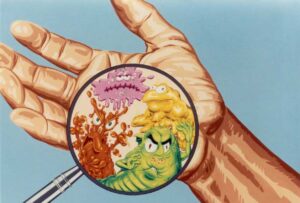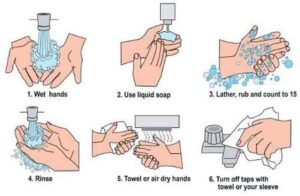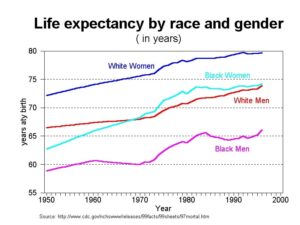Introduction
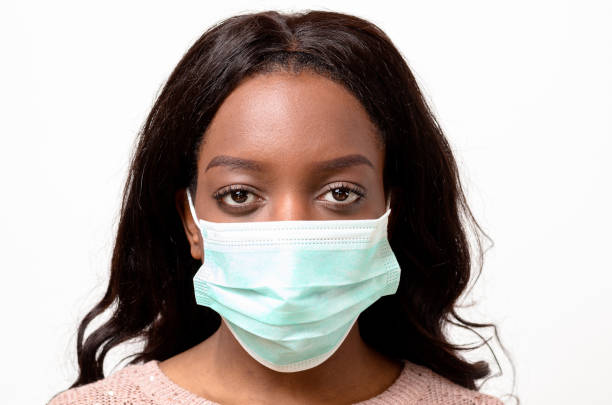
We’ve previously quantified the overrepresentation of COVID-19 in African Americans. This Straight, No Chaser offers a few specific reasons for those disparities. We hope policy makers and public health professionals continue to identify and address these root causes of medical and social determinants of health. These are among the main reasons for the vicious health care disparities now being revealed.
Individual Reasons for the Overrepresentation of COVID-19 in African Americans
- Clustering in America’s most populous cities
- Disproportionately poor
- Disproportionately represented in front line “essential” jobs (janitors, cashiers, bus drivers, etc.)
- Greater presence of preexisting conditions
- Inadequate housing and higher representation in homeless population
- Increased neighborhood risks (exposure to pollutants and toxins, less green spaces, less healthy food options, less safety), many of which lead to lowered immunity
- Less access to care (health facilities are less available in African American communities)
- Less access to testing (testing facilities are less available in African American communities)
- Need to utilize public transportation (representing 25% of users)
- Overrepresentation in the incarcerated population
- Unequal levels of care received due to an “empathy gap” by physicians caring for African Americans
- Perceived criminalization (yes, the perception of Blacks wearing masks actually is inhibitive to the use of personal protective equipment in the community)
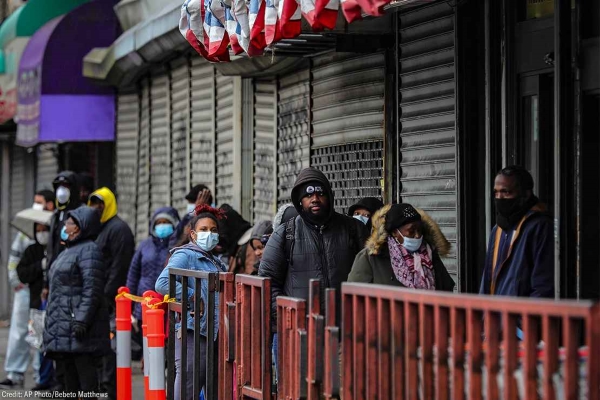
These conditions don’t excuse the presence of disease or absolve individuals from exerting their best efforts toward health self-empowerment. However, it helps to appreciate factors that stack the deck for or against specific groups of individuals. Furthermore, doing so allows health professionals to create and adjust plans accordingly. Stay safe.
Need Masks?
The CDC now recommends everyone wear masks. Courtesy of SI Medical Supply, you have an option to provide 3-layer facial masks for your family and loved ones. You can now obtain a pack of 15 for $35, including shipping and handling. These are the recommended masks. Importantly, getting this product does not deplete the supply needed by first responders and medical personnel. Orders are now being filled at www.jeffreysterlingmd.com or 844-724-7754. Get yours now. Supplies are limited.

Follow us!
Feel free to #asksterlingmd any questions you may have on this topic. Take the #72HoursChallenge, and join the community. As a thank you, we’re offering you a complimentary 30-day membership at www.72hourslife.com. Just use the code #NoChaser, and yes, it’s ok if you share!
Order your copy of Dr. Sterling’s books There are 72 Hours in a Day: Using Efficiency to Better Enjoy Every Part of Your Life and The 72 Hours in a Day Workbook: The Journey to The 72 Hours Life in 72 Days at Amazon or at www.jeffreysterlingbooks.com. Receive introductory pricing with orders!
Thanks for liking and following Straight, No Chaser! This public service provides a sample what you can get from http://www.docadviceline.com. Please share our page with your friends on WordPress! Like us on Facebook @ SterlingMedicalAdvice.com! Follow us on Twitter at @asksterlingmd.
Copyright © 2020 · Sterling Initiatives, LLC · Powered by WordPress




